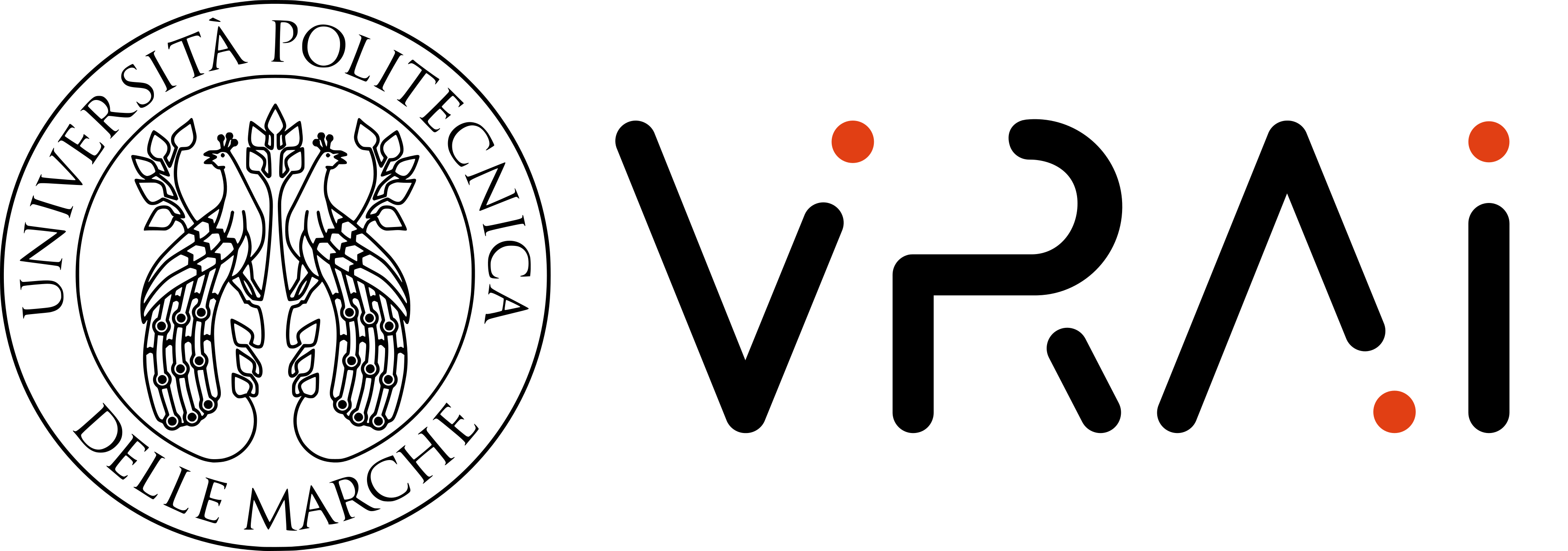| Title | Hybrid object-based approach for land use/land cover mapping using high spatial resolution imagery |
| Publication Type | Journal Article |
| Year of Publication | 2011 |
| Authors | Malinverni ESavina, Tassetti A N, Mancini A, Zingaretti P, Frontoni E, Bernardini A. |
| Journal | International Journal of Geographical Information Science |
| Volume | 25 |
| Pagination | 1025-1043 |
| Abstract | Traditionally, remote sensing has employed pixel-based classification techniques to deal with land use/land cover (LULC) studies. Generally, pixel-based approaches have been proven to work well with low spatial resolution imagery (e.g. Landsat or System Pour L'Observation de la Terre sensors). Now, however, commercially available high spatial resolution images (e.g. aerial Leica ADS40 and Vexcel UltraCam sensors, and satellite IKONOS, Quickbird, GeoEye and WorldView sensors) can be problematic for pixel-based analysis due to their tendency to oversample the scene. This is driving research towards object-based approaches. This article proposes a hybrid classification method with the aim of incorporating the advantages of supervised pixel-based classification into object-based approaches. The method has been developed for medium- scale (1:10,000) LULC mapping using ADS40 imagery with 1 m ground sampling distance. First, spatial information is incorporated into a pixel-based classification (AdaBoost classifier) by means of additional texture features (Haralick, Gabor, Law features), which can be selected 'ad hoc' according to optimal training samples ('Relief-F' pproach,Mahalanobis distances). Then a rule-based approach sorts segmented regions into thematic CORINE Land Cover classes in terms of membership class percentages (a modified Winner-Takes-All approach) and shape parameters. Finally, ancillary data (roads, rivers, etc.) are exploited to increase classification accuracy. The experimental results show that the proposed hybrid approach allows the extraction of more LULC classes than conventional pixel-based methods, while improving classification accuracy considerably. A second contribution of this article is the assessment of classification reliability by implementing a stability map, in addition to confusion matrices. © 2011 Taylor & Francis. |
| URL | http://www.scopus.com/inward/record.url?eid=2-s2.0-79960685342&partnerID=40&md5=18767c8a88bf2abff53ef96ec138f0aa |
| DOI | 10.1080/13658816.2011.566569 |
Hybrid object-based approach for land use/land cover mapping using high spatial resolution imagery
0
